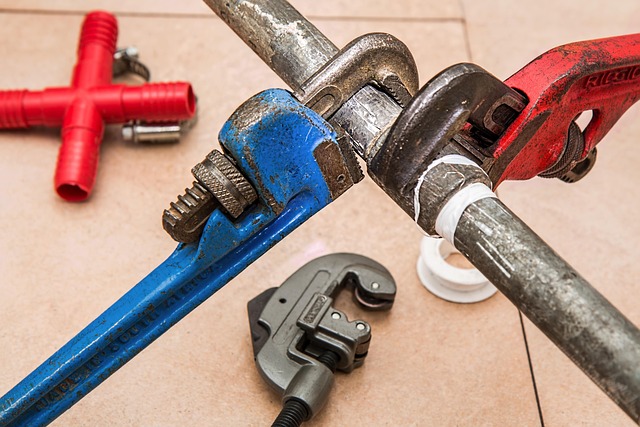Duct tape basics, uses, and practical tips
Duct tape is a flexible, cloth-backed adhesive tape widely used for temporary fixes, bundling, and home projects. Its versatility comes from a strong backing and a sticky adhesive layer that clings to many surfaces. This article explains common types of tape, how adhesives change performance, safe repair techniques, and practical DIY uses so you can choose and use tape more effectively.

What is duct tape and how is it made?
Duct tape typically consists of three layers: a polyethylene or vinyl outer layer, a cloth or scrim reinforcement in the middle, and a pressure-sensitive adhesive on the inner side. The cloth reinforcement gives the tape tear-resistance and flexibility, while the outer coating provides some weather resistance. Originally created for sealing HVAC ducts, its name stuck even though modern uses range far beyond ducts.
Manufacturing methods vary by brand, but the basic process lamination of backing, scrim, and adhesive continues to be standard. Quality differences mostly come down to scrim density, adhesive formulation, and outer coating — factors that influence stretch, strength, and how easily residue is left behind.
When is clear tape more appropriate?
Clear tape—often made from polypropylene or cellophane—has a smooth, non-cloth backing and a less aggressive adhesive than duct tape. It’s generally intended for lightweight tasks such as sealing envelopes, wrapping gifts, or holding paper and lightweight plastic in place. Clear tape’s transparency makes it preferable when appearance matters or when you don’t want the tape to be visible.
For small indoor projects that don’t require high tensile strength or weather resistance, clear tape can be a neater, less obtrusive option. However, it won’t withstand heavy loads, rough surfaces, or outdoor exposure the way duct tape can.
How do adhesive types change performance?
Adhesive formulations are a major differentiator between tapes. Rubber-based adhesives provide strong initial tack and stick well to many surfaces, including low-energy plastics, but can become gummy or leave residue over time. Acrylic adhesives offer better temperature stability and UV resistance and typically leave less residue, making them suitable for longer-term outdoor applications. Silicone adhesives adhere well to difficult surfaces and handle extreme temperatures, but they are costlier and used mainly for specialized needs.
When selecting tape for a job, consider substrate compatibility, expected temperature range, exposure to sunlight or moisture, and whether residue will be a problem. Testing a small area first helps avoid damage or poor adhesion.
How to use tape safely for repair
Duct tape is useful for quick fixes—patching a torn tent, sealing a leaky hose temporarily, or bundling cables. For reliable repairs, prepare the surface by cleaning dirt, grease, and loose paint; a clean surface improves adhesive bond. Apply tape with firm pressure to maximize contact, and overlap layers when needed to increase strength. For curved or moving parts, use strips placed perpendicular to the stress direction to reduce peeling.
Avoid relying on tape for load-bearing or safety-critical repairs (for example, structural beams, vehicle braking systems, or safety harnesses). When a permanent or certified repair is required, consult a professional or use a product specifically designed for that application. If residue removal is needed later, solvents like isopropyl alcohol, citrus-based removers, or adhesive removers can help, but test any solvent on a hidden area first.
DIY projects and creative uses for tape
Duct tape and clear tape both have many DIY applications beyond simple repairs. Duct tape can be used to make durable wallets, temporary grips for tools, or protective wraps for cords. Clear tape is handy for craft projects that require an invisible seam, laminating small pieces of paper, or reinforcing corners. Combining tapes—such as using clear tape to hold a decorative paper and duct tape for structural support—can yield practical and attractive results.
For organized DIY work, keep several tape types on hand: a general-purpose duct tape, a roll of clear tape for clean visual work, and a thinner masking or painter’s tape for painting and delicate surfaces. Local services, hardware stores, and many online retailers carry a wide selection so you can compare features like width, adhesive type, and backing material before buying.
Conclusion
Duct tape is a practical, adaptable tool for temporary repairs, crafting, and everyday fixes, while clear tape serves lightweight, appearance-sensitive tasks. Understanding adhesive types and proper surface preparation will improve outcomes and minimize damage. Use tape thoughtfully: it’s excellent for quick solutions and creative projects, but not a substitute for permanent, safety-critical repairs.






